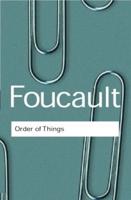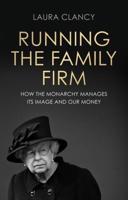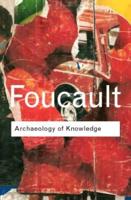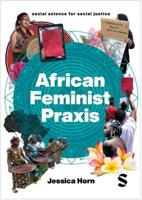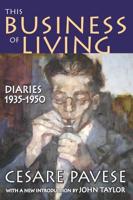Publisher's Synopsis
The narrative reflects on systemic social injustices and inequality through observations in Dandenong, Australia, where prosperity and exclusion coexist side by side. The story highlights the contrast between wealthy professionals and marginalized migrant workers. The high-end cafés, catering mainly to white professionals, symbolize gentrification, making long-time working-class migrants feel excluded due to unaffordable prices and social barriers. Meanwhile, the government buildings, meant to serve the public, house bureaucrats who enjoy job security and high salaries, while migrant workers toil in low-paying jobs with no job stability. This disparity exposes the deep-rooted economic and racial inequalities in Australian society.
Another powerful moment is the narrator's encounter with a man savoring two soft-serve ice creams at a fast-food restaurant. Despite his hardships, the man relishes this moment as an act of defiance against a society that has marginalized him. His simple joy stands in stark contrast to the indifference of the surrounding crowd. The story further critiques the illusion of democracy, illustrating how economic power often dictates political influence. Drawing on Amartya Sen's concept of "development as freedom," it critiques the notion of equality, showing that poverty is not just about income but about restricted choices. The Uber driver, for example, works tirelessly but cannot afford to provide his children with simple privileges, emphasizing how economic inequality limits people's freedoms and opportunities. Through these narratives, the story reveals the deep-seated structures of injustice that perpetuate inequality, calling for a societal shift toward true social justice and equality.

